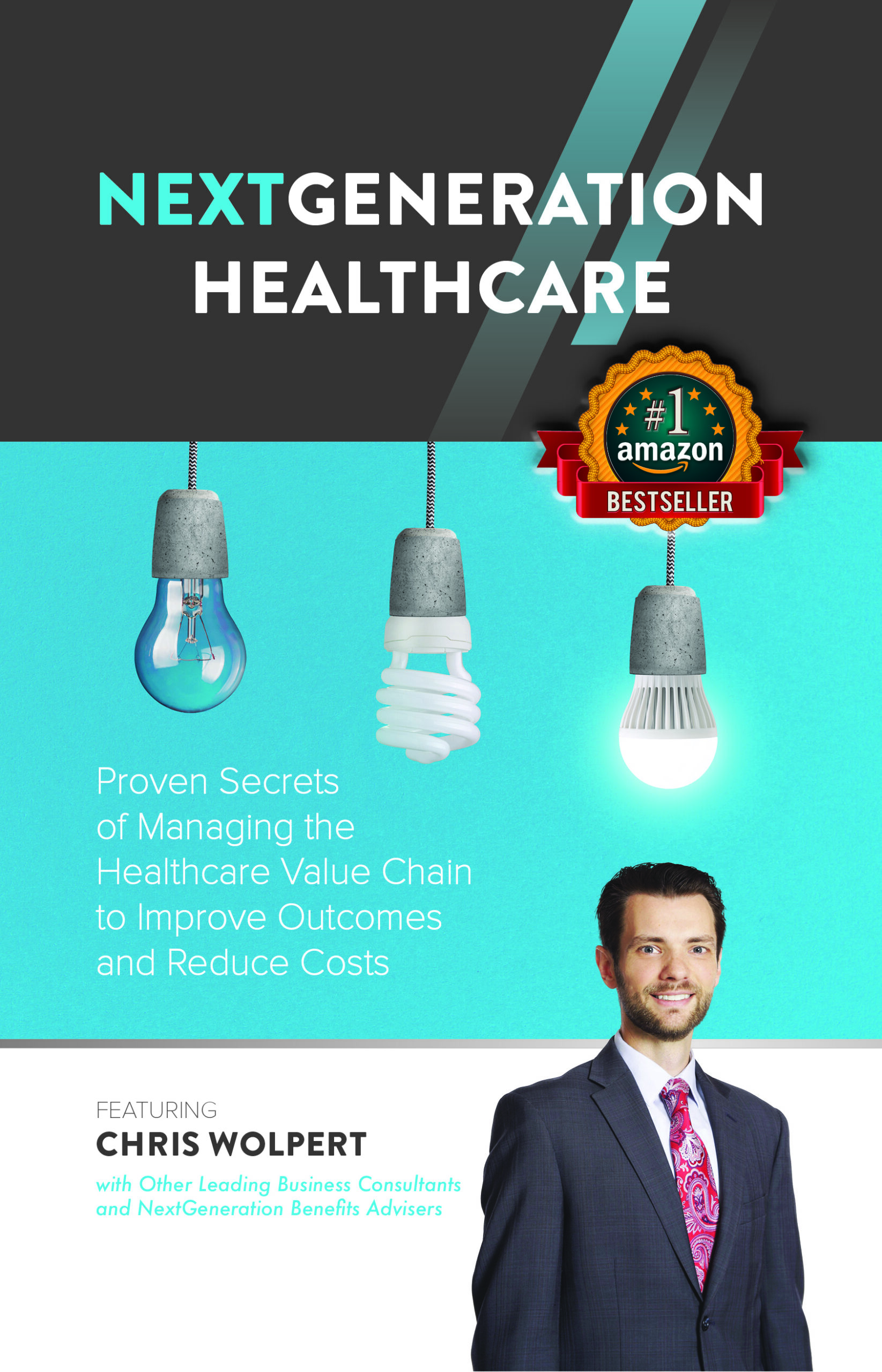One less-touted aspect of the Affordable Care Act is that it provides employers more tools for assisting employees with substance-abuse problems to seek help. According to a study by the Substance Abuse and Mental Health Services Administration, 10% of America’s workers are dependent on one substance or another. The study also found that 3.1% have used illegal drugs either before or during a shift. Also, 79% of heavy alcohol users have jobs, and 7% of them say they’ve had drinks while on duty. Drug use and abuse have been on the rise — both illegal drugs and prescription painkiller abuse, the latter of which led a more than a 500% increase in people seeking treatment for addiction to doctor-prescribed opioids between 2007 and 2017. As an employer, the costs are great if you have someone on staff who has a substance-abuse problem. It behooves you to ensure that the group health plan you offer your workers is comprehensive amid this growing problem.
Far-reaching costs
Addicted workers have been found to have:
- Lower or lack of workplace productivity;
- Higher health care costs;
- Increased absenteeism and presenteeism;
- Diminished quality control;
- More disability claims;
- Increased workplace injuries;
- Lower morale;
- Higher job turnover; and
- Employee theft.
Some employers have tried to help employees tackle their addictions or abuse problems by implementing workplace prevention, wellness and disease-management strategies. These programs improve health, which lowers health care costs and insurance premiums and produces a healthier, more productive workforce. Under the ACA, anybody covered by a health plan has access to substance-abuse treatment. That’s because the law makes such treatment one of 10 benefits insurance plans must offer. The ACA requires health plans to pay for prevention and early intervention. Health care plans also have to comply with a “parity” law, which requires them to treat mental health issues the same way they do physical diseases.
What else can you do?
- You can start by adding addiction to your prevention, intervention, treatment and disease-management strategies.
- Use confidential screenings and assessments. There are a number of screening, brief-intervention and referral-to-treatment modules available to help people confront their drinking or drug use and get the help they need.
- Review your policy for coverage. If you have coverage for substance-abuse treatment, employees with addictions will be more apt to seek out help knowing the cost is at least partially covered.
And, importantly, make sure your substance-abuse benefit is robust, and that it covers a full continuum of care. A strong benefit would include:
- Inpatient care;
- Residential treatment programs;
- Outpatient care; and
- Continuing care for those in need of treatment.

